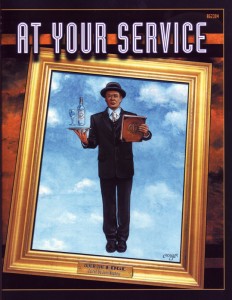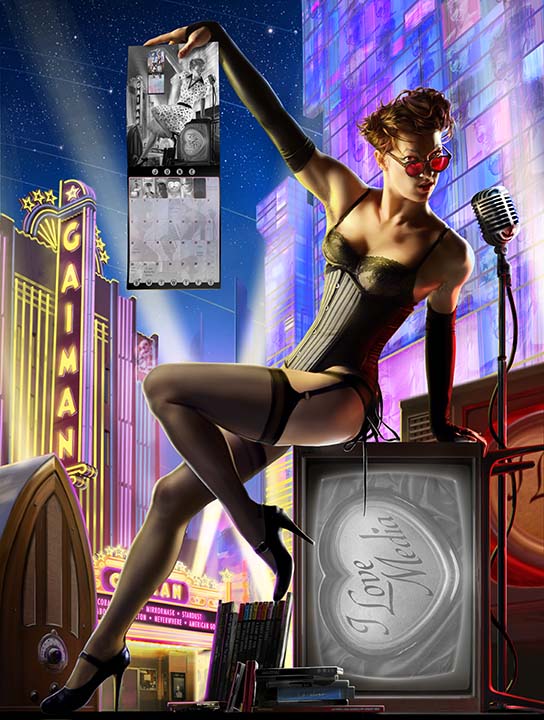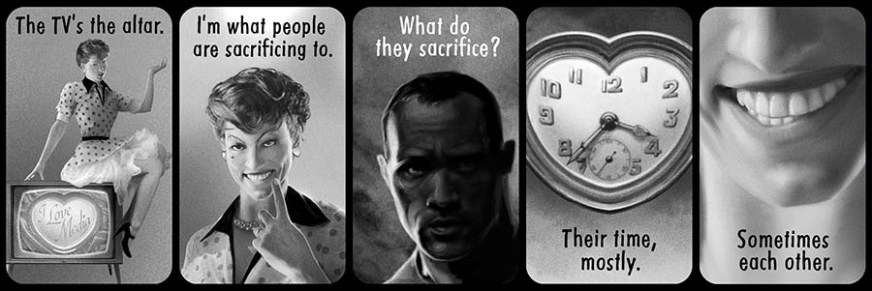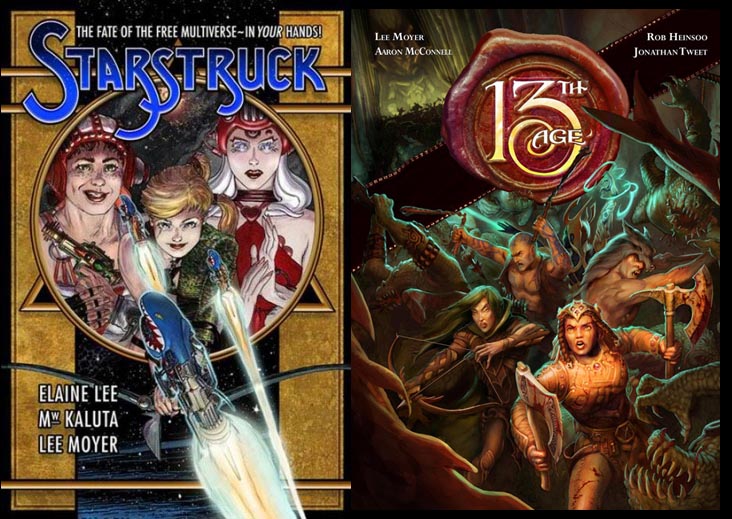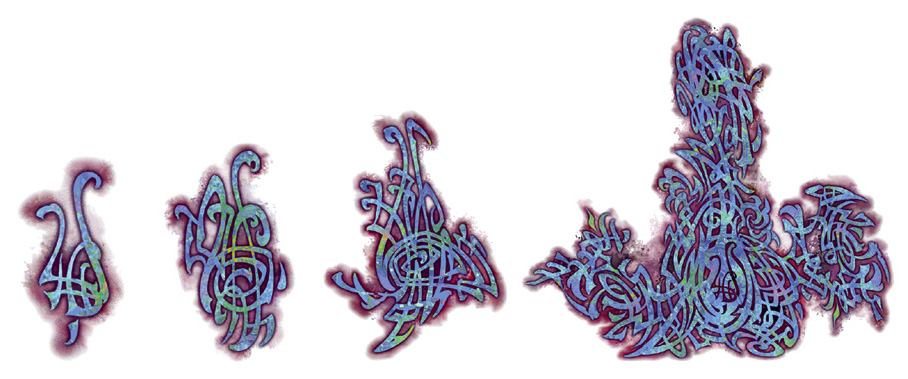I know a lot of interesting people. Some I’ve worked with, some I’ve met while traveling the world, some just owe me money. My name may be on the website, but it seems kind of boring if I’m the only person whose voice is heard here. So I’m bringing some of my friends to the site, as time permits. I’m not a podcasty kind of guy, so I’m just keeping things simple: one guest, six questions.
My guest this week is JEFF LASALA. Eberron fans may know Jeff from his many DDI articles or his novel The Darkwood Mask. Others may know him from short fiction or his work with Goodman Games. Over the years I’ve gotten to know Jeff while discussing his Eberron projects, and back in 2011 he invited me to be a part of a intriguing project he was putting together… a cyberpunk anthology called Foreshadows: Ghosts of Zero. Foreshadows brought together writers, authors, and musicians; each writer chose a track of music that had been created for the anthology and wrote a story inspired by it. Other contributors include Ed Greenwood, Ari Marmell, and former Questioneer Don Bassingthwaite. But why don’t I let Jeff speak for himself?
Foreshadows: The Ghosts of Zero is a cyberpunk anthology which brings music, art, and fiction together to create a sense of a world. What inspired you to create Foreshadows?
The sheer desire to combine music and the written word—something my brother (a musician) and I (a writer) have talked about for ages. It had always seemed to us that it was something people should do. Why weren’t they doing it? Hey, we should do it! Like adding the Z-axis plane to X and Y, a third dimension of awesomeness manifests when you combine the right sort of media. How different would movies be if they had no music? Or vocals at all? For Foreshadows, we went and combined music, fiction, and illustration. Win-win-win.
Where did “The Ghosts of Zero” come from?
The answer is more or less in the prologue of the book, which is in itself odd. Anthologies don’t generally have a prologue, since they’re a bunch of stand-alone stories. But ours sets the stage for the shared setting: a cyberpunkish, dystopian near future. In the lexicon of the Foreshadows future, zero often means death, defeat, or neutralization. And as for ghosts, well, you’d have to read the prologue to find out!
It’s also a subtitle to uniquely identify this anthology. Should there come a sequel, we can keep the Foreshadows main title.
What brands The Darkwood Mask as an Eberron tale? How would it be different if you placed it in the Forgotten Realms?
Karrnath, absolutely. It’s a unique culture that feels vaguely familiar—militant, cold, grim, proud—but has some dark elements no one in real life can actually relate to. In Karrnath, if you’re a patriot and you “support the troops” and love your country, it means you’ll let your sons and daughters march off to war, where they might die and become property of the government. They just might be reanimated to bolster the crown’s skeleton and zombie armies; if they’re truly exceptional soldiers, the Ministry of the Dead might make their remains into one of Karrnath’s elite undead. It’s a nation that survived famine and near annihilation during the Last War and now enjoys a fearsome reputation because its king made some tough choices and some dire sacrifices. The Darkwood Mask is an Eberron tale because Karrnath is an Eberron fixture and that’s where both the protagonist and the book’s plot spring from.
In the Forgotten Realms? Tough one. It wouldn’t be the same. There’s cold war, espionage, and a delicate diplomatic climate in The Darkwood Mask that makes the story work. It would feel quite different, but I could see transplanting the character of Tallis (a MacGuyveresque ex-soldier) into a puppet state controlled by the Zhentarim. Soneste (the psionic-using inquisitive) would probably hail from Waterdeep; she’d be a wannabe noble socialite who possesses too much courage and skill to be be satisfied with that life. Maybe she’d become a Harper. And as for the villain of the story? He or she would probably aim to supplant Manshoon in the Zhentarim but not for the obvious reasons.
What’s the most difficult challenge you’ve faced as a gamemaster, and how have you dealt with it?
Meeting all player expectations. I’m a story guy, so the games I run are set up for—I like to think—interesting roleplaying dynamics, moral choices, and character opportunities. But I know not all players get into that so much. Some really just want dungeoncrawling and combat and will only tolerant a certain amount of talkie-talk from the story-based players. And this is just a simplification; there’s a whole spectrum of roleplayers and they’ve been the subject of numerous articles. I simply do my best to make my games diverse. You’ll get to slay monsters in my dungeons, but you’ll also end up in some situations where you’ll have to think hard about your alignment. Oh, and your character’s backstory will come up and be part of the long term campaign.
What’s your dump stat?
Strength, certainly. If you’re even half-decent in everything else, you’re in good shape for the snakes and arrows of life. When I make characters, Charisma usually takes the hit, but not because I play socially inept fighter types. Ironically, while I love deeply complex characters, they’re not usually big on talking—which, it should be noted, is not the same as not acting. I myself am not a natural orator, though, so it works out.
What’s next?
Some solo projects, I think. I’m exhausted with collaboration, even though I love it and will never stop doing it. Also, an eventual fantasy series with sci-fi and horror elements. That’s totally coming out of me in the—I hope—near future. And oh yeah, more DDI articles, as long as they keep letting me write them.
For more about Foreshadows, along with samples of the music, check out this post at SF Signal!


